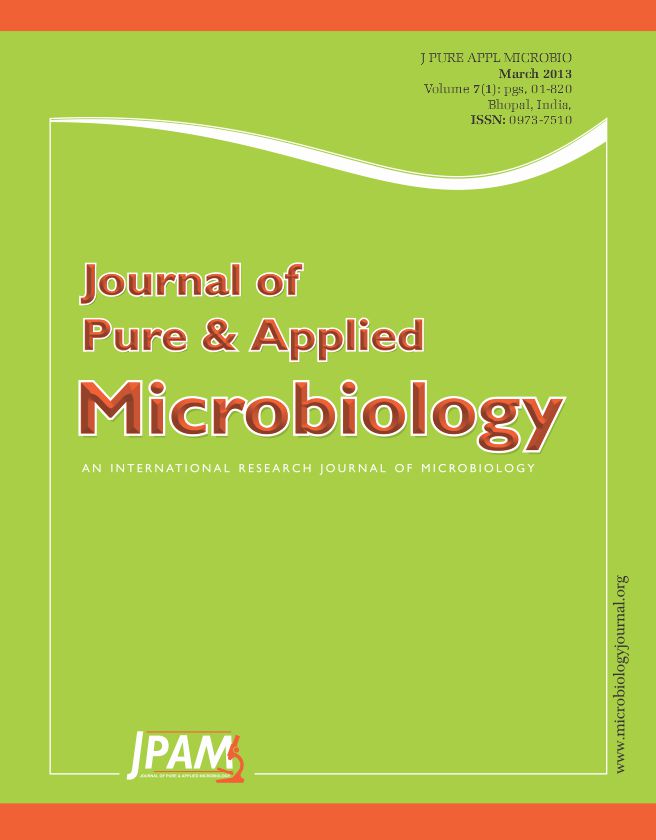Coal tar is one of the organic pollutants that are most hazardous to human health and are generally difficult to treat. Indigenous microorganisms that are capable of degrading contaminants may play an important role in the removal of pollutants and environmental remediation. Samples were collected from Beijing Coking and Chemistry and investigated for polycyclic aromatic hydrocarbon (PAH) content and microbial community structures at different depth of the drilling sites using 16S rRNA amplification and polymerase chain reaction denaturing gradient gel electrophoresis. The correlation between the distribution of contaminant components and the number of microbes in terms of the depth of the drilling sites were studied. The main contaminants in the site were naphthalene, acenaphthylene, acenaphthene, fluorene, phenanthrene, and anthracene. The direct count of microbes from 68 samples showed that the microbial distribution varied within each borehole and increased with the PAH contaminant concentration. Microbial concentration ranged between 106 and 108. Based on the sequencing and comparison of the dominant and special DGGE bands, 14 indigenous prokaryotic microbes in coal tar contaminated sites were identified, and were phylogenetically classified into four classes, Firmicutes, Alphaproteobacteria, Betaproteobacteria, and Actinobacteria. The microbes play an important role in the biodegradation process, and are valuable references for the remediation of contaminated soil.
coal tar, PAHs, microbial community, PCR-DGGE
© The Author(s) 2014. Open Access. This article is distributed under the terms of the Creative Commons Attribution 4.0 International License which permits unrestricted use, sharing, distribution, and reproduction in any medium, provided you give appropriate credit to the original author(s) and the source, provide a link to the Creative Commons license, and indicate if changes were made.


